Home>Furniture & Design>Office Furniture>What Is A Task Chair Vs. Office Chair
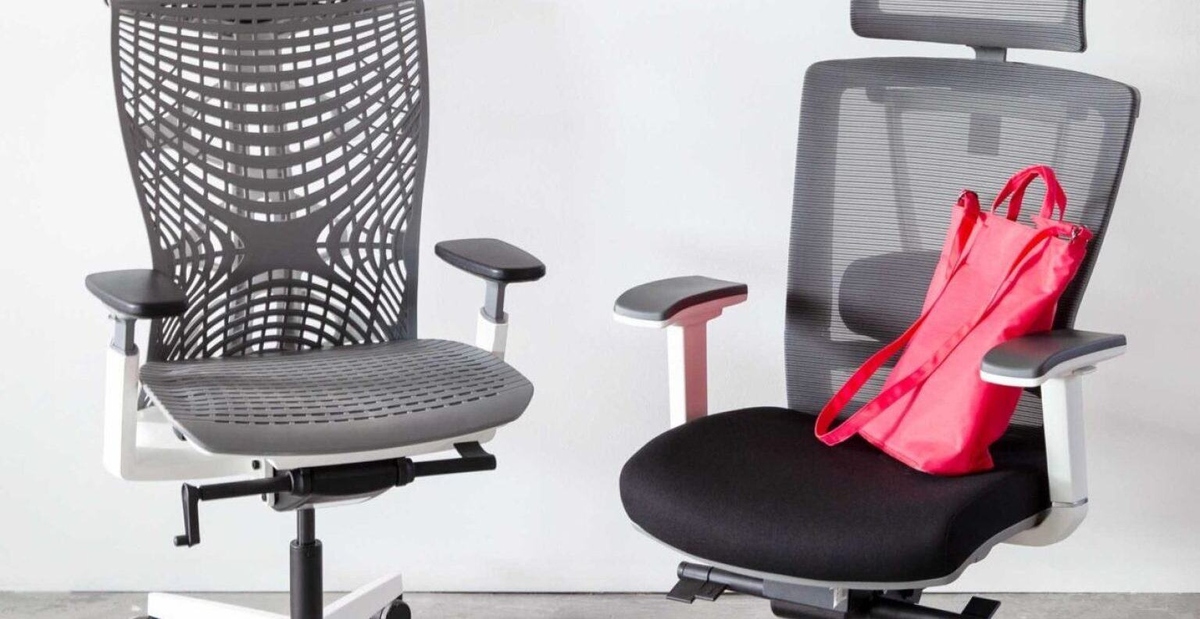

Office Furniture
What Is A Task Chair Vs. Office Chair
Modified: January 14, 2024
Discover the differences between task chairs and office chairs. Find the perfect office furniture for your workspace. Explore design options now!
(Many of the links in this article redirect to a specific reviewed product. Your purchase of these products through affiliate links helps to generate commission for Storables.com, at no extra cost. Learn more)
Introduction
When it comes to creating a comfortable and productive workspace, choosing the right furniture is essential. Among the most crucial pieces is the chair, which plays a significant role in supporting posture, enhancing focus, and promoting overall well-being. In the realm of office furniture, two common types of chairs often come into consideration: the task chair and the office chair. While these terms are sometimes used interchangeably, they actually serve distinct purposes and offer unique features tailored to different needs.
Understanding the differences between a task chair and an office chair is fundamental for selecting the most suitable option for your specific requirements. From ergonomic design to functionality, each type of chair brings its own set of advantages and considerations. In this comprehensive guide, we will explore the purpose of each chair, highlight their differences, and provide valuable insights to help you make an informed decision. Whether you are setting up a home office, revamping a corporate workspace, or simply seeking the perfect chair for your daily tasks, this exploration will equip you with the knowledge needed to choose the ideal seating solution.
Key Takeaways:
- Task chairs are for focused desk work, offering adjustable features for comfort and mobility, while office chairs cater to diverse office activities with comprehensive ergonomic support and durability.
- When choosing between a task chair and an office chair, consider the nature of work, ergonomic needs, space, customization, and overall workplace requirements to ensure a comfortable and productive environment.
Read more: What Is The Best Office Chair
Purpose of a Task Chair
A task chair, also known as a desk chair, is specifically designed to support individuals during desk-based activities such as computer work, writing, or other focused tasks. The primary purpose of a task chair is to provide comfort, mobility, and ergonomic support for individuals who spend extended periods sitting at a desk. These chairs are commonly found in office environments, home offices, study areas, and various work settings where a dedicated space for desk work is essential.
Task chairs are engineered to promote proper posture and reduce the physical strain associated with prolonged sitting. They typically feature adjustable height and a swivel base, allowing users to customize the chair to their preferred seating position and easily move around their workspace without the need to stand up. The backrest of a task chair is designed to provide lumbar support, helping to maintain the natural curve of the spine and alleviate strain on the lower back. Additionally, many task chairs incorporate armrests and seat depth adjustments to accommodate a wide range of body types and preferences.
Furthermore, task chairs often feature breathable materials and cushioning to enhance comfort, especially during long periods of use. The aim is to create a supportive and comfortable seating experience that enables individuals to focus on their tasks without being distracted by discomfort or physical strain.
In summary, the purpose of a task chair is to provide ergonomic support, mobility, and comfort for individuals engaged in desk-based activities, ultimately contributing to improved focus, productivity, and overall well-being in a work or study environment.
Purpose of an Office Chair
An office chair serves as a fundamental piece of furniture in professional and corporate settings, offering essential support and comfort for individuals engaged in a wide range of tasks within an office environment. Unlike task chairs, which are tailored for desk-based activities, office chairs are designed to accommodate diverse work requirements, including meetings, collaboration, administrative tasks, and extended periods of seated work at a desk.
The primary purpose of an office chair is to provide ergonomic support, comfort, and adaptability to meet the dynamic needs of office-based work. These chairs are engineered to promote proper posture, reduce physical strain, and enhance overall well-being for individuals who spend significant portions of their day seated at a desk or in meetings.
Office chairs often feature a range of adjustable components, such as seat height, armrests, lumbar support, and tilt mechanisms, allowing users to customize their seating position to suit their individual preferences and body dimensions. This adaptability is crucial for supporting a diverse workforce and ensuring that each individual can maintain a comfortable and healthy posture throughout the workday.
Moreover, office chairs are designed to facilitate movement and accessibility within the workspace. Many models are equipped with swivel bases and smooth-rolling casters, enabling users to transition between tasks, reach different areas of their workspace, and engage in collaborative activities without the need to constantly stand up or reposition the chair.
Additionally, the materials and construction of office chairs are often selected to provide durability, breathability, and long-term comfort, catering to the demands of a professional environment where individuals may spend extended hours seated while attending to various responsibilities.
In essence, the purpose of an office chair is to deliver ergonomic support, adaptability, and durability, addressing the diverse needs of office-based work and promoting a comfortable, productive, and healthy environment for professionals across different roles and responsibilities.
When choosing between a task chair and an office chair, consider the amount of time you’ll be sitting. Task chairs are best for short periods, while office chairs are designed for longer use and often have more ergonomic features.
Differences Between Task Chair and Office Chair
While both task chairs and office chairs are designed to provide comfort and support in a seated work environment, they differ in their specific features and intended applications. Understanding the distinctions between these two types of chairs is crucial for selecting the most suitable option based on the nature of work and individual requirements.
Functionality: One of the primary differences lies in the functionality of task chairs and office chairs. Task chairs are tailored for desk-based activities, offering features such as swivel bases, adjustable heights, and ergonomic support to enhance comfort and mobility during focused tasks. In contrast, office chairs are designed to accommodate a broader range of activities, including meetings, collaborative work, administrative tasks, and extended periods of seated work at a desk. They often feature a more robust set of adjustable components and a sturdier build to support diverse work requirements within an office setting.
Adjustability: Task chairs typically prioritize adjustability to cater to individual preferences and body dimensions during desk-based work. They commonly offer adjustable seat heights, backrest angles, and armrest positions to enable users to customize their seating experience. Office chairs, on the other hand, often feature a wider range of adjustable components, including lumbar support, tilt mechanisms, and seat depth adjustments, to accommodate various work activities and ensure ergonomic support for extended periods of use.
Design and Construction: Task chairs are generally streamlined and compact, emphasizing mobility and flexibility for users engaged in focused tasks at a desk. They often feature a more minimalist design to complement individual workstations and home office setups. In contrast, office chairs are designed with a sturdier build and a more substantial presence to support the demands of a professional environment. They may incorporate additional padding, durable upholstery, and a broader base to provide stability and comfort for individuals engaged in diverse office-based activities.
Intended Applications: The intended applications of task chairs and office chairs also contribute to their differences. Task chairs are primarily intended for desk-based work, such as computer tasks, writing, and focused activities that require ergonomic support and mobility. Office chairs, on the other hand, are designed to accommodate a wide spectrum of tasks within an office environment, including meetings, collaborative work, administrative duties, and extended periods of seated work at a desk, necessitating a more versatile and adaptable seating solution.
In summary, while both task chairs and office chairs aim to provide comfort and support in a seated work environment, their distinct functionalities, adjustability, design, and intended applications set them apart, catering to the specific needs of individuals engaged in different types of work within various settings.
Factors to Consider When Choosing Between a Task Chair and Office Chair
When faced with the decision of selecting between a task chair and an office chair, several essential factors should be taken into account to ensure that the chosen seating solution aligns with the specific needs and work requirements of the individual or the office environment.
Work Activities: Consider the nature of the work activities that will be performed while seated. If the tasks primarily involve desk-based work, such as computer tasks, writing, or focused activities, a task chair may be the most suitable option. For a more diverse range of activities, including meetings, collaborative work, and administrative tasks, an office chair with enhanced adaptability and support may be preferable.
Ergonomic Support: Evaluate the level of ergonomic support required for maintaining comfort and promoting healthy posture during extended periods of seated work. Task chairs typically offer adjustable features to support proper posture and reduce physical strain during desk-based activities. Office chairs, with their broader range of adjustable components, are designed to accommodate a variety of work requirements while providing comprehensive ergonomic support.
Space and Mobility: Consider the available space and the need for mobility within the workspace. Task chairs are often more compact and streamlined, making them suitable for individual workstations and home office setups where mobility and flexibility are essential. Office chairs, with their sturdier build and enhanced stability, are well-suited for professional environments where individuals may need to transition between tasks, attend meetings, and engage in collaborative activities.
Customization and Comfort: Assess the importance of customization and comfort for the intended users. Task chairs offer adjustable features that cater to individual preferences and body dimensions, allowing users to create a personalized seating experience. Office chairs, with their broader range of adjustable components and enhanced padding, prioritize long-term comfort and adaptability to accommodate diverse users within an office setting.
Durability and Aesthetics: Take into consideration the durability and aesthetic appeal of the chair within the intended environment. Task chairs often feature a minimalist design and are suitable for individual workstations and home offices. Office chairs, designed with a sturdier build and a more substantial presence, are well-suited for professional settings where durability, longevity, and a cohesive aesthetic with the overall office decor are essential.
Overall Workplace Needs: Lastly, consider the overall needs of the workplace, including the diversity of tasks, the number of individuals using the chairs, and the desired aesthetic and functionality within the office environment. By aligning the choice of chair with the broader workplace needs, it is possible to ensure that the selected seating solution contributes to a comfortable, productive, and healthy work environment.
By carefully considering these factors, individuals and organizations can make informed decisions when choosing between a task chair and an office chair, ultimately selecting a seating solution that best supports the specific work requirements and promotes well-being within the intended environment.
Read more: What Is An Ergonomic Office Chair
Conclusion
Choosing the right chair for a workspace is a decision that significantly impacts comfort, productivity, and overall well-being. Task chairs and office chairs, each tailored to specific purposes, offer distinct features and benefits that cater to different work requirements and environments. Understanding the nuances of these chairs is essential for making an informed choice that aligns with individual needs or the demands of a professional setting.
Task chairs excel in providing ergonomic support, mobility, and comfort for individuals engaged in desk-based activities, such as computer work, writing, and focused tasks. Their adjustable features and streamlined design make them ideal for individual workstations, home offices, and study areas, where flexibility and personalized comfort are paramount.
On the other hand, office chairs are designed to accommodate a broader range of work activities within a professional environment. With a focus on comprehensive ergonomic support, adaptability, and durability, office chairs cater to the diverse needs of office-based work, including meetings, collaborative tasks, administrative duties, and extended periods of seated work at a desk.
When choosing between a task chair and an office chair, it is crucial to consider factors such as the nature of work activities, the level of ergonomic support required, space and mobility needs, customization and comfort preferences, as well as the overall workplace requirements. By carefully evaluating these factors, individuals and organizations can select a seating solution that promotes comfort, supports healthy posture, and contributes to a productive and pleasant work environment.
Ultimately, whether outfitting a home office, revamping a corporate workspace, or creating a study area, the decision to invest in a task chair or an office chair represents a commitment to prioritizing the well-being and productivity of those who will utilize these essential pieces of furniture.
By understanding the purpose, differences, and key considerations associated with task chairs and office chairs, individuals and organizations can make informed choices that elevate the comfort, functionality, and aesthetic appeal of their workspaces, ultimately fostering an environment that nurtures focus, creativity, and overall well-being.
Frequently Asked Questions about What Is A Task Chair Vs. Office Chair
Was this page helpful?
At Storables.com, we guarantee accurate and reliable information. Our content, validated by Expert Board Contributors, is crafted following stringent Editorial Policies. We're committed to providing you with well-researched, expert-backed insights for all your informational needs.

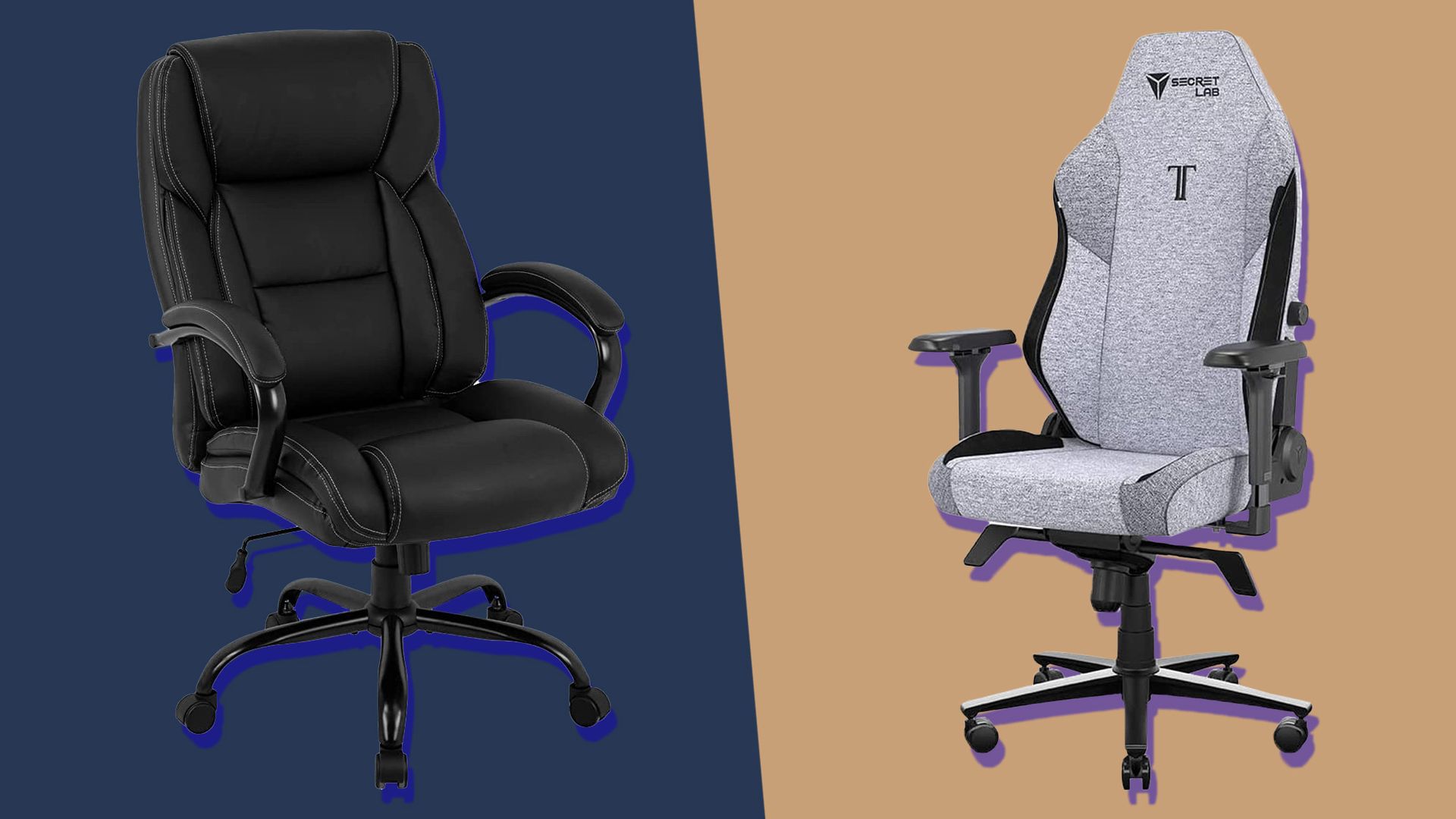

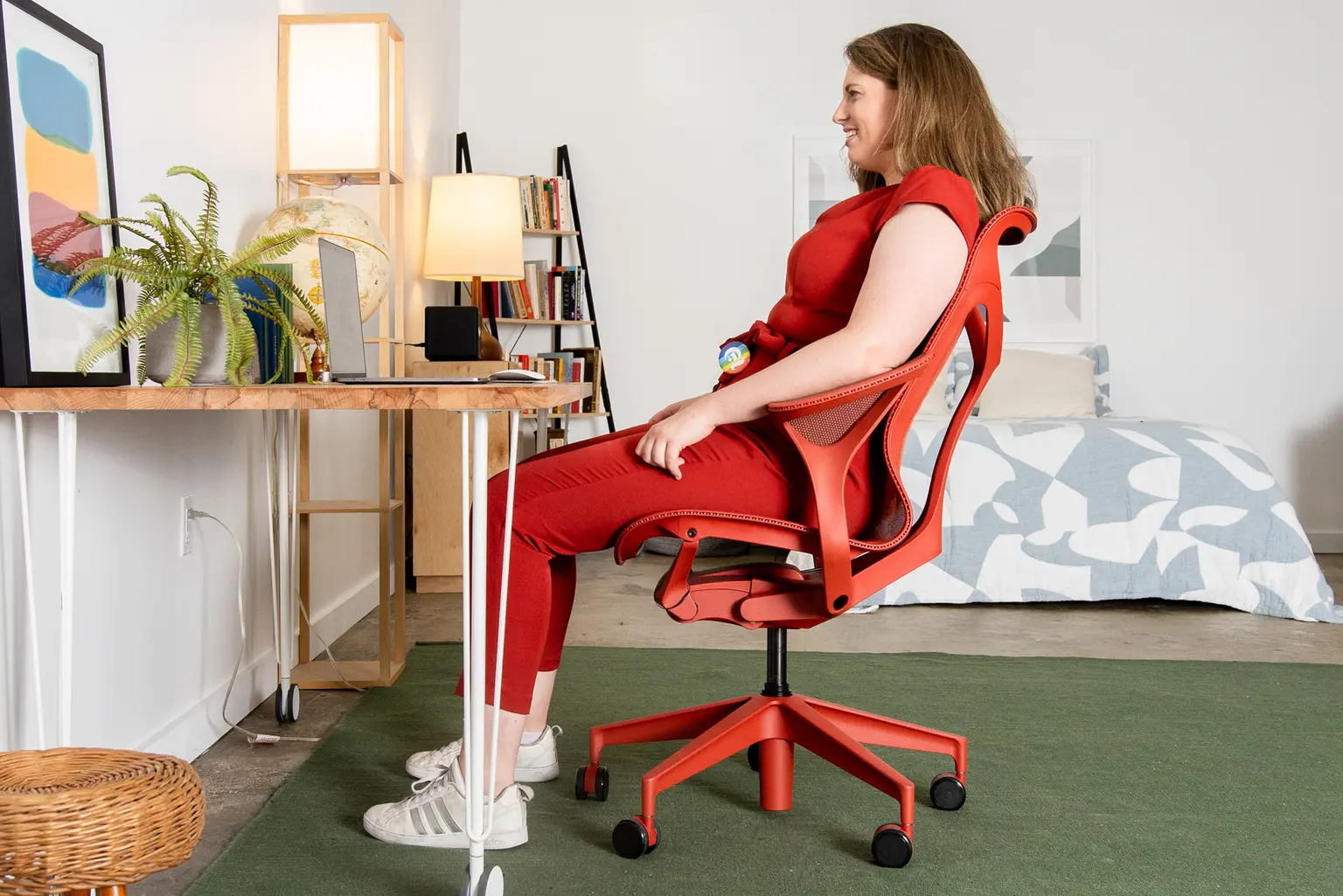


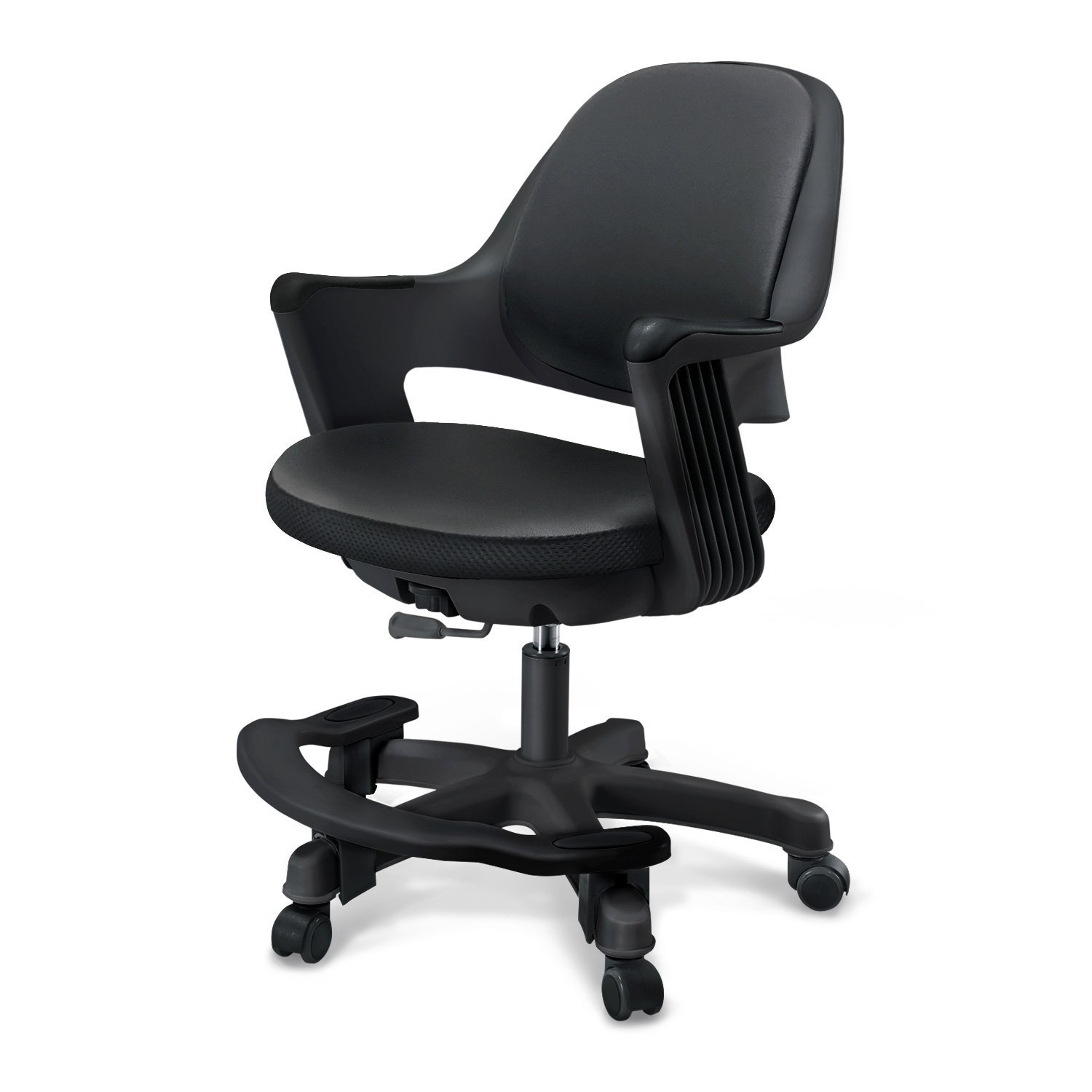
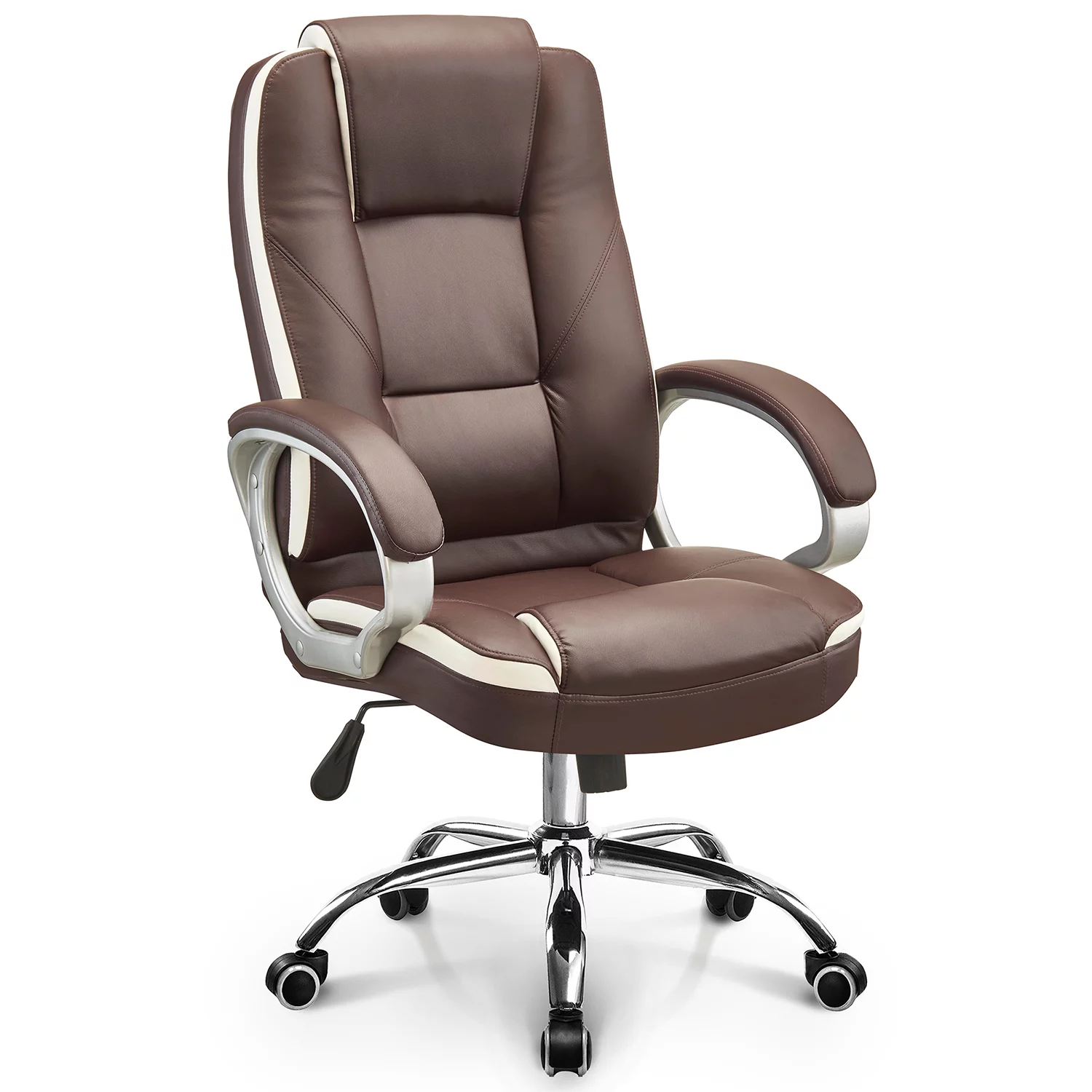
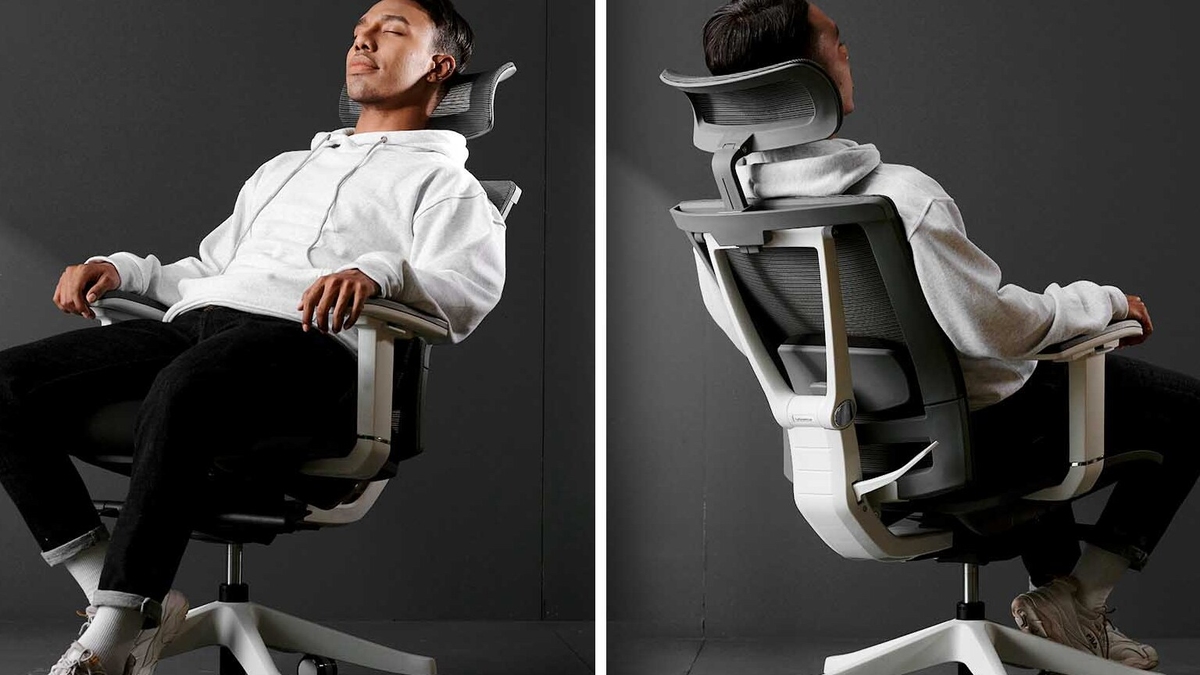
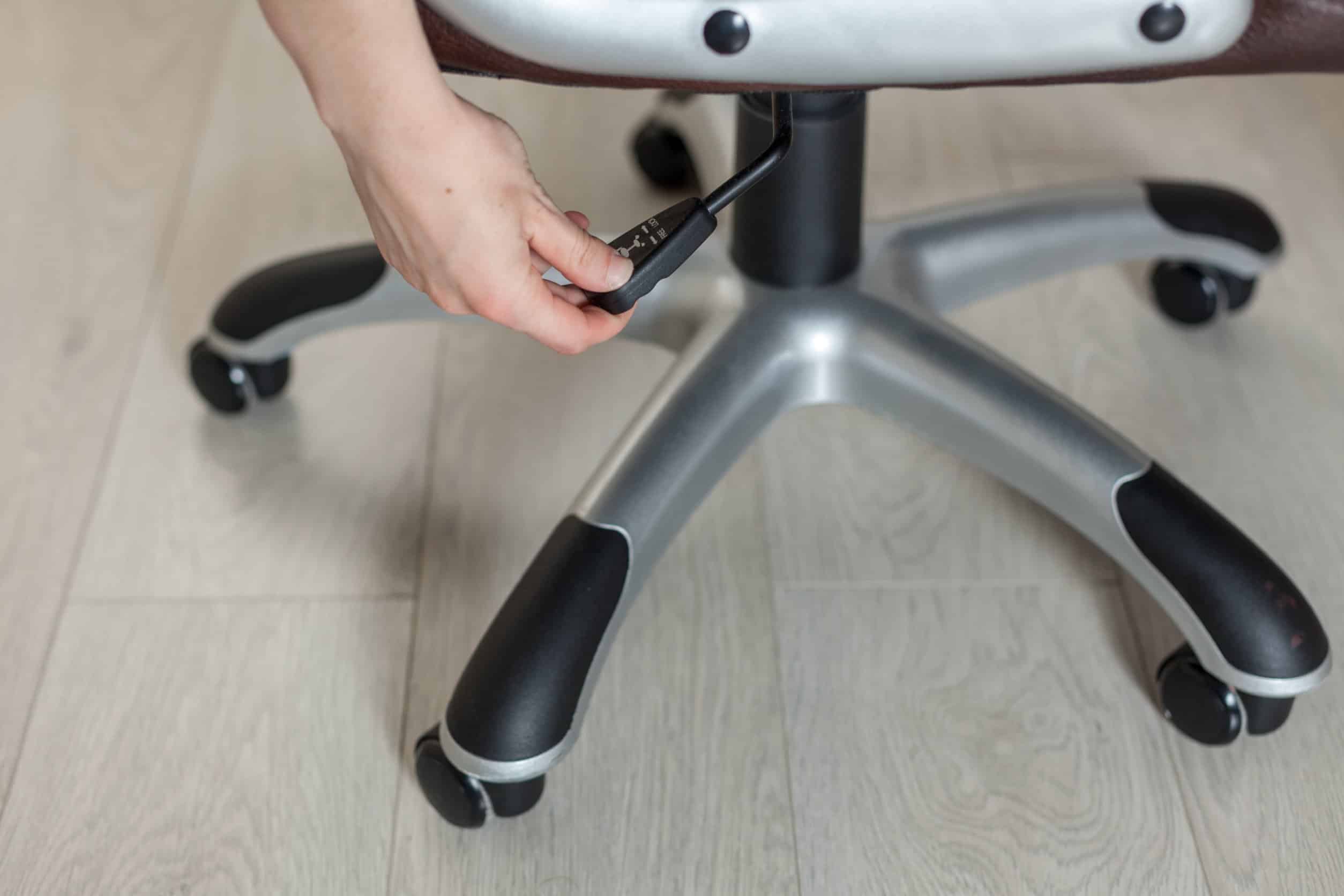
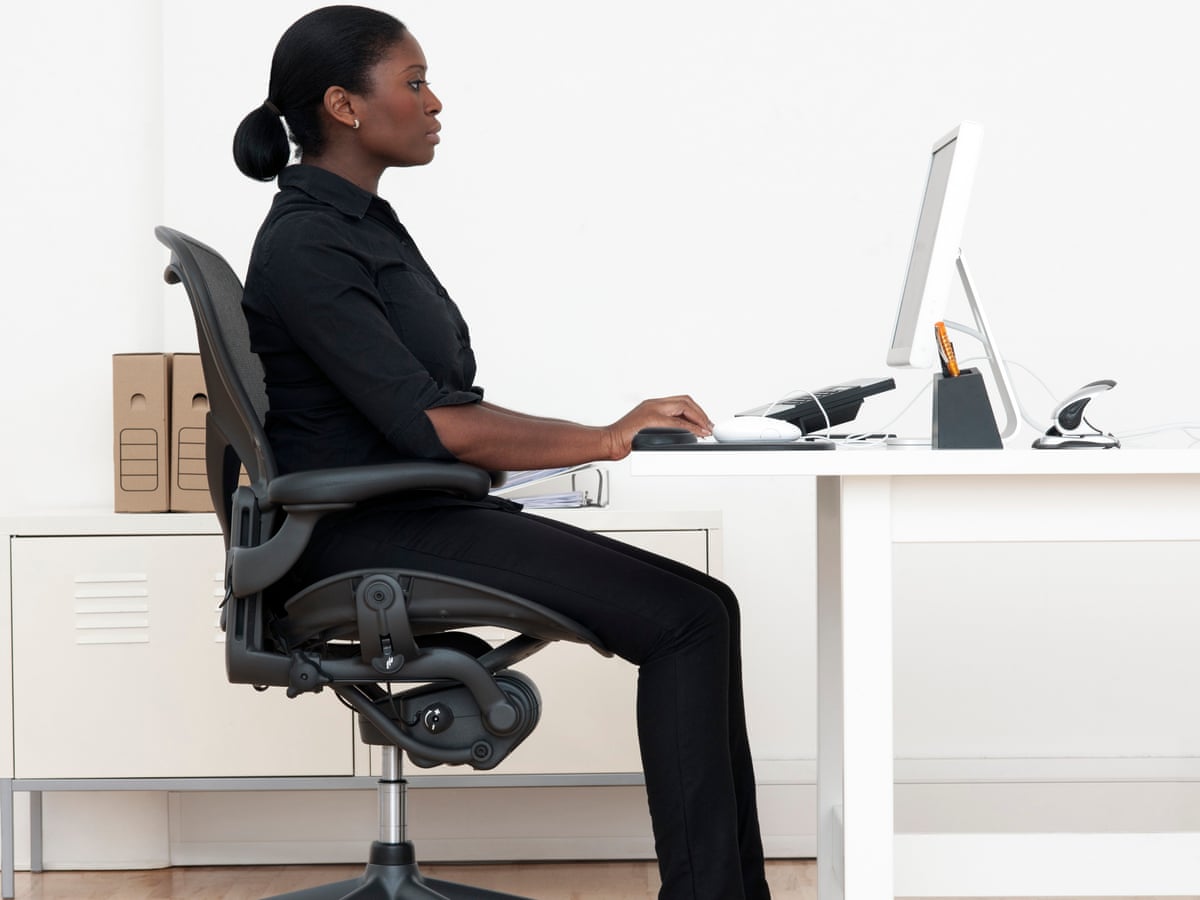
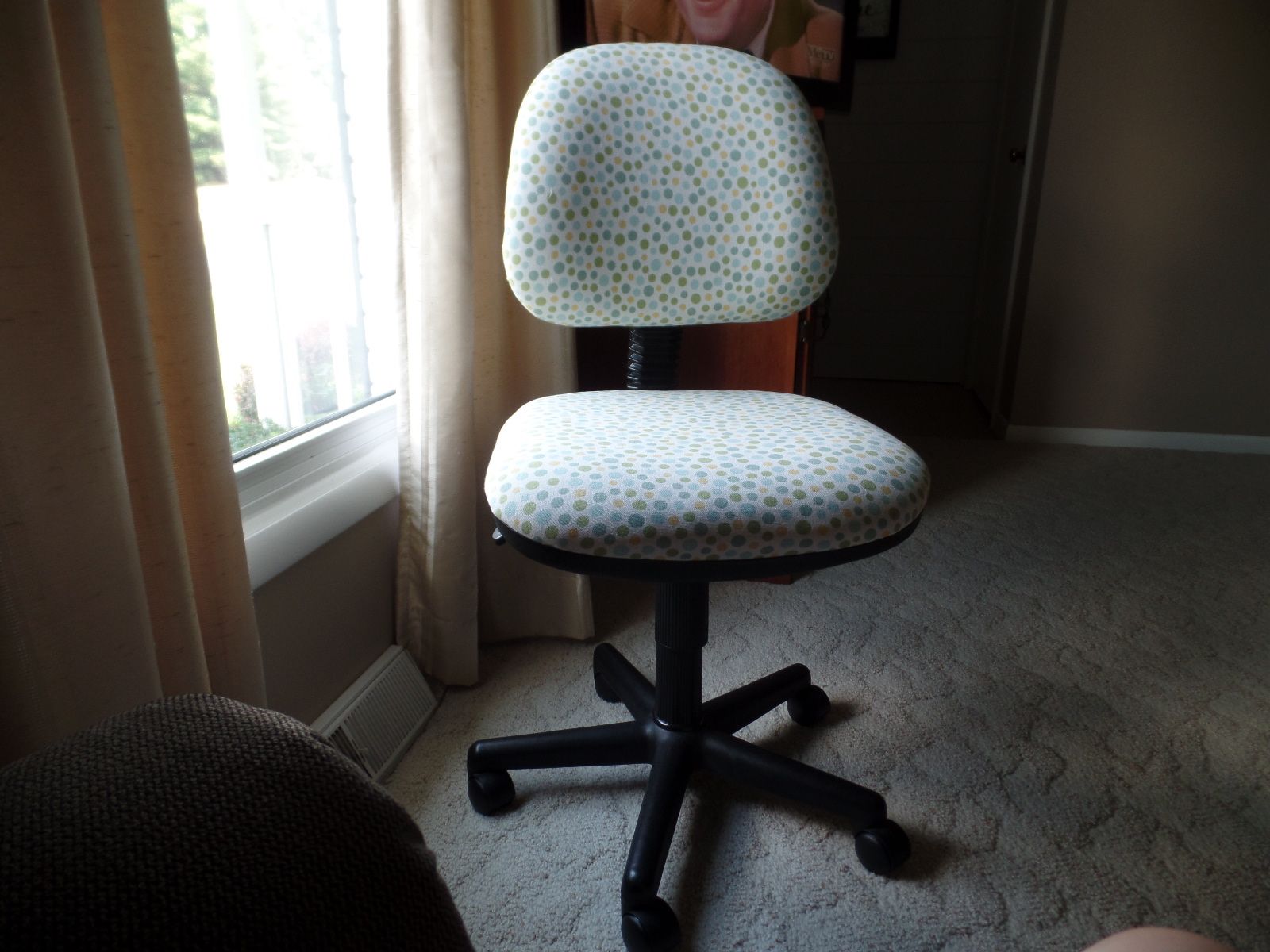
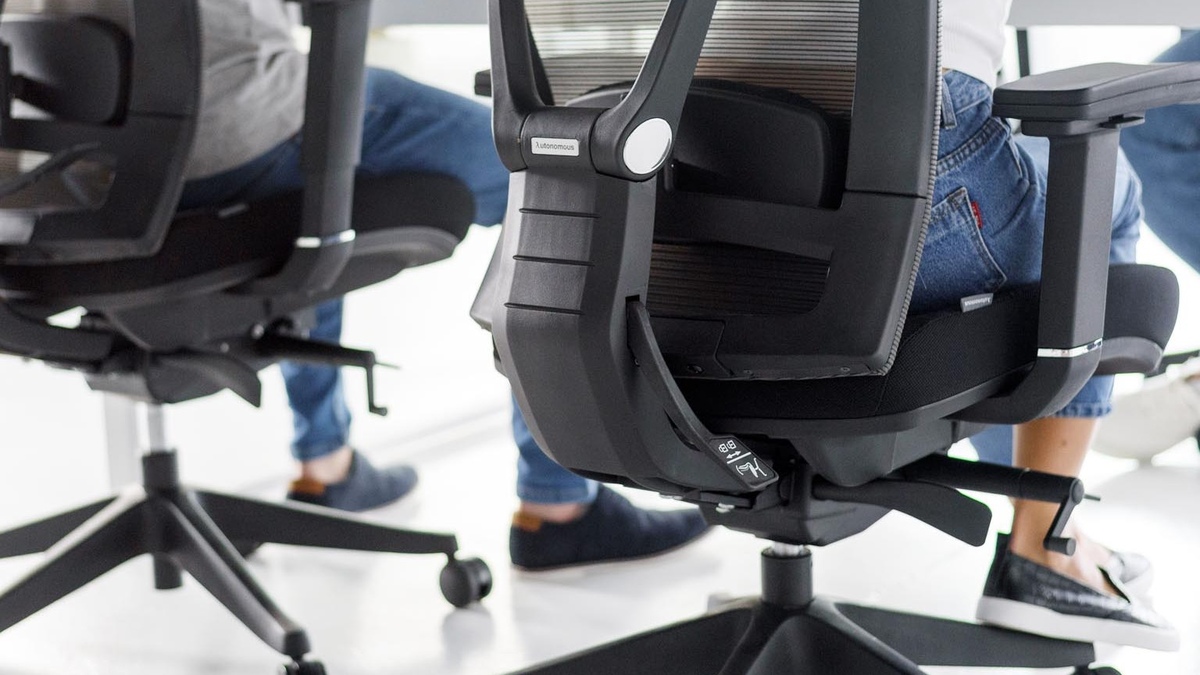
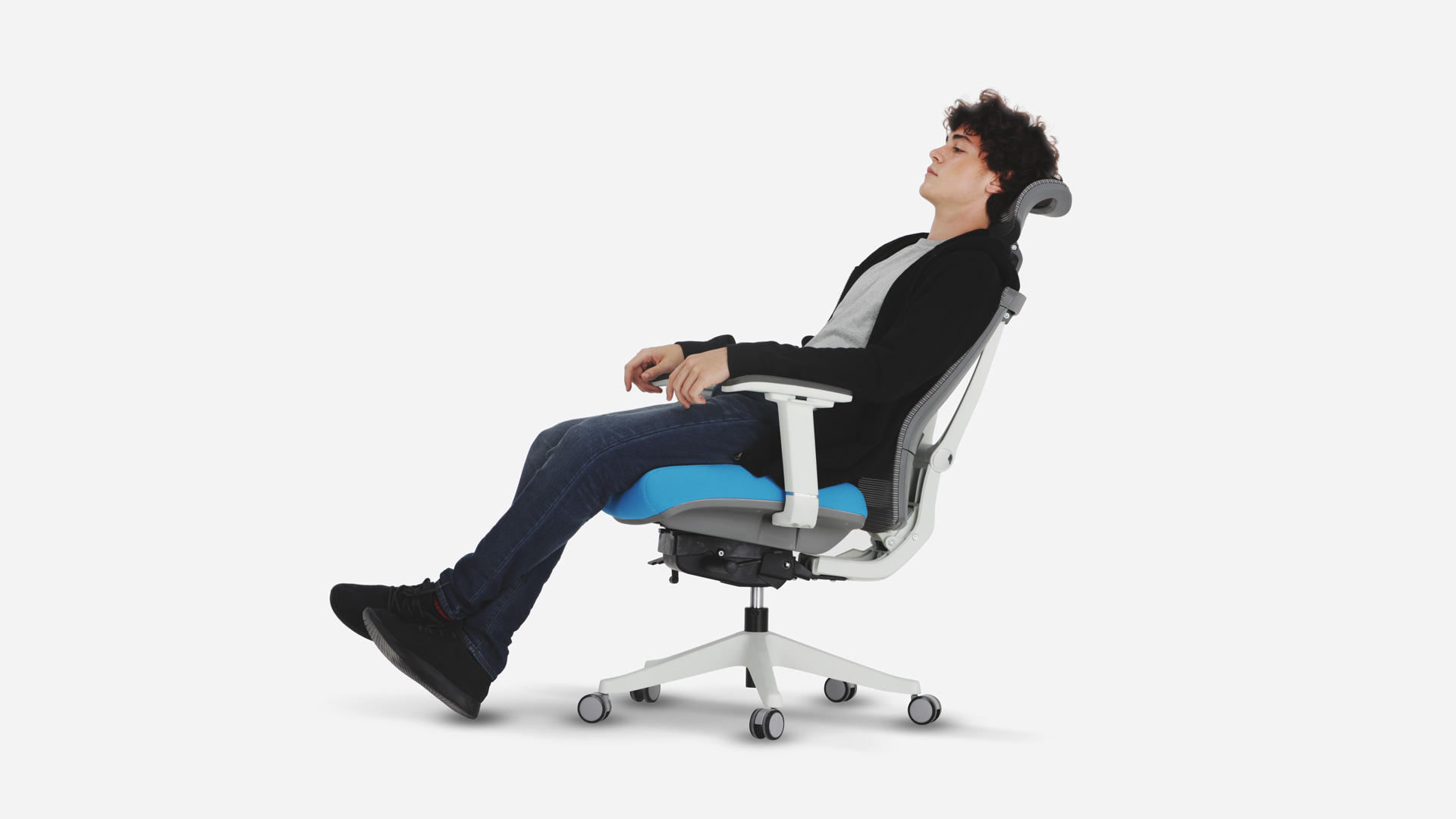

0 thoughts on “What Is A Task Chair Vs. Office Chair”